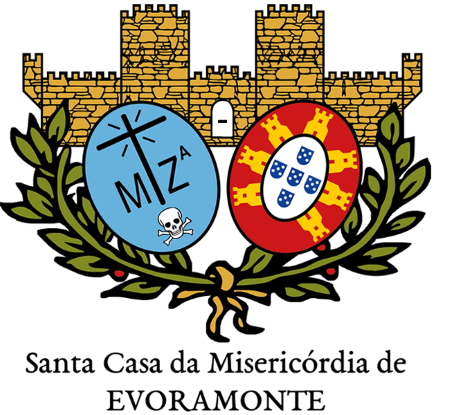The intervention model adopted by the Santa Casa da Misericordia Evoramonte, is based on a holistic approach that seeks to meet the person in its many dimensions and provide services that respond to needs and develop their potential.
For this purpose it adopted the QUALITY OF LIFE MODEL for older adults that develop thru six crucial areas (Manual WHOQOL -OLD):
I. Sensorial Skills
Reports to the sensory operating status of the person, also taking into account the impact of the loss of sensory abilities in quality of life. Focused on the senses (eg, hearing, sight, smell), the analysis of this domain involves, the identification, of needs in terms of use of technical aids and signaling compensation strategies / already implemented or to implement alternatives.
II. Autonomy
Refers to independence, to ability or freedom to live independently and make decisions. Thus, in addition to the collection, analysis and interpretation information, lead to conscious decisions, that includes the areas of mobility and carrying out activities of daily living. At this level can be explored issues such as locus of control that person feels about his own life, and that demonstrates through the decision-making episodes of narration. Here, also helps, identify the tasks the individual performs independently or which needs support, considering the different degrees of possible support.
III. Past, present and future activities
Relative to the satisfaction regarding their accomplishment in life and things that one yearns, this domain, refers to the narrative integration of the individual's life cycle, with particular emphasis on performed roles and activities. Guiding the way for future action, , the areas of achievement personal and social recognition of the individual, are identified in order to support the construction of a life project based on the virtuous combination of actions performed with the currently executed, in a logic to potentiate of the same and re / construction of expectations about future experiences.
IV. Social participation
Based on participation in daily activities, especially in the community, this domain implies the presence in experiential contexts and involvement in roles and identical nature activities. In addition to implementing community life skills, including the density of the social support network (eg, family, friends, members of the same association), and the proximity and intensity of contacts. Towards effective social inclusion, also implies the ability to affect and be affected by social dynamics.
V. Death and dying
Related to the integration of experiential narrative required by the previous domain, this domain refers to the preparation for the mourning people nearby (eg, partner / a, siblings, friends, other people living in ERPI), as well as the psychosocial organization the completion of its own life cycle. Therefore, this area includes the concerns, and fears about death and dying, in a logic of promoting assimilation and functional set that time as an integral part of life.
WE. Intimacy
Considering the importance of the emotional experiences of the individual, it refers to the ability to have personal and intimate relationships. It includes the satisfaction of the person with the emotional, loving and sexual relationships that establishes, the relationship between expectations and achievements realized. Also includes attitudes and behaviors adopted in relation to others.
In the context of psychosocial support, and as integral elements of the activities above, it highlights some intervention dimensions, that are considered critical:
– spiritual support;
– management of conflicts between clients.



